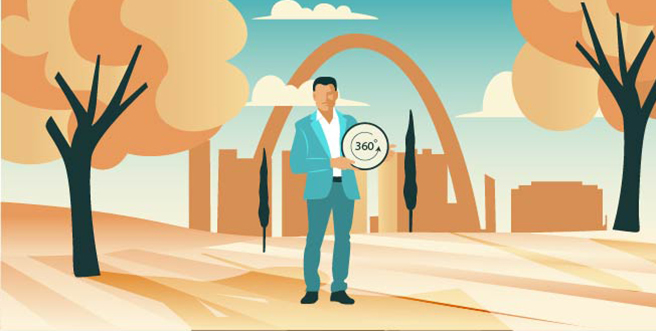“Engagement” may have lost its meaning. It’s come to mean “to like” something. But, in every way that counts, engagement is a psychological event.
In this busy, stressful world, filled with distractions, engagement is more than connection or relationship. It involves a full body and mind participation in the world in which you live and work. In marketing, engagement is a reciprocal interaction between person and product.
Engagement on the web
A teen fully into a video game is engaged, a psychological involvement with the technology. And, you can and should bring that quality to your website. Whatever you do on your site must catch the viewer’s attention, encourage the viewer to interact, and provide a positive experience.
People in internet markets grow bored with flat, text-heavy sites. Website developers have come to add visuals and interactive elements like feeds to social media. Each adds texture and dimension to a flat display.
Developers use animation, film, photographs, slideshows, and video to capture and hold attention. They include sound, voice, and music elements. But, they have only recently started to use 360° Photography.
What 360° photography does for engagement?
Brilliant innovation in camera technology meshes with algorithms to produce images with depth and motion. Spherical views invite your eye to move into, around, above, and behind the subject of the picture. The 360° video moves website viewers towards a virtual reality experience, and that engages today’s internet fans. It will engross screen visitors, hold them to your page, and invite them to enter worlds that are new to them.
And, this almost “live” streaming experience has proven perfect for smartphones and other mobile devices. The 360° image is just easier and more visually memorable than reading lengthy text content, especially on smaller screens.
Who uses 360° photography well?
The 360° experience can serve any industry sector, but some examples include the following:
- Real Estate: Many realtors are posting 360° views of apartments, condos, and homes. While it may seem to take power out of the hands of real estate agent or owner, the images engage viewers. And, this reduces the agent’s wasted time, satisfies shoppers’ initial interests, and turn browsers into customers. After all, if the viewers click past the 360° visual, they proceed with an intention to buy.
- Design: Fashion designers and interior decorators can create displays that add dimension, texture, and context to show their skills with color, fabrics, and proportion. The pictures turn a small screen into a big picture promoting clothing lines, office design, or home makeovers.
- Retail: One 360° picture of your store or showroom is more effective than lines of copy. You can display layout and products. It offers an experience close to on-premises shopping, that element people say is missing online. Here The Seattle Times reports on the planned expansion of Pike’s Market.
- Application: Few images engage more than showing a product in use. Whether it’s jeans or a power saw, people like to see the product functioning. Frankly, they like to imagine themselves in the picture, so a full-dimensional image may be as close as they can get.
- Brand: Making brands tangible makes them more memorable. So, when you add depth perception to a picture of your product, you multiply its power. Whether you sell soup or tires, you deepen perception. But, when the branded product has moving parts. the 360° makes that an experience, too. See how the Kelty Side Table works.
- Intangible: When you sell an intangible like life insurance, legal service, healthcare, and so on, it helps if you can picture its benefits working. Consider the results of this TOMS® Giving Partners video.
Where does 360° begin?
Effective 360° photography begins with camera technology. If you think of Google’s Street View, you get the picture. The Street View takes you to a specific address where you can rotate to see the neighbors and other side of the street. In most cases, you can scroll away to see the property from the air and within the context of its neighborhood and region.
New cameras and software integrate several panoramic views of the subject matter. The software sequences the pictures to surround the photographer’s position. Uploaded to your website, they run with the help of Adobe Flash or some similar program.
What you want to look for in your website developer and manager is the Google Street View Trusted icon. Photographers earn the badge by publishing 360° photos that meet or surpass criteria including image quality, connectivity, and appropriateness.
A final view
Using photos on websites connects with individuals by portraying concepts through imagery. Captured at the right moment, 360° images say lot more than copy. In an age of selfies, image appraisal, and social media, a business engages viewers and builds trust through quality work and the Google Street View third-party certification.

